After I finished my stint in the Navy, where I’d trained as an aeronautical engineer, I went sideways into biological sciences and got as far as starting a PhD scholarship before figuring out that academia wasn’t for me. I then moved into winemaking where I’ve worked for most of the last thirty years with interludes working as a brewer, a process engineer in the food industry and running a business where I designed and built bespoke audio electronics. Within any of these fields I rapidly became the troubleshooter / problem solver, trading on my ability to absorb a lot of information quickly and apply bits of it to fields where it didn’t formerly belong. Basically, I have a brain made of flypaper: all kinds of random shit sticks to it.
While I was working as premium winemaker at the now sadly defunct Seppelt winery in Great Western, VIC in 2008-09, I spent a lot of time on my old steel road bike in the Grampians range, particularly the Mt William Climb, http://theclimbingcyclist.com/climbs/mt-william/ which is a beautiful road but a pretty rough surface. One day whilst dodging holes and cracks I found myself pondering the question of what made “ride quality” and the thought struck me that it was similar to a signal to noise ratio problem in acoustics, the signal being the responsiveness and road feel of the frame, the noise being ride harshness and road buzz. My original theory was that these things resulted from different vibrational modes of the bike, so I set about designing a way of encouraging the “signal” modes and discouraging the “noise” modes by selectively modifying the wall thickness of a titanium frame.
I proposed this idea to Darren Baum on a very memorable day http://www.velocipedesalon.com/forum...l%23post369554 in 2009 and although Darren made a very generous offer which would have helped with the development, I could not afford to take him up on it at the time. A little later I bought a cheap US made straight gauge Ti bike frame, a power file and an ultrasonic thickness gauge and did it myself. To provide something of a control, I rode the bike in its unmodified condition for long enough to become familiar with its character, the disassembled it, modified the frame and reassembled it exactly as it had been, including tyre pressures. The process took me around a week and I expected any effect to be subtle at best. It wasn’t, the bike was very different in feel.
I took this as a demonstration that the way the frame itself flexes / vibrates is important for road feel and that doesn’t seem like anything remarkable, though it’s news to some. Much of the process involved in the change was similar to externally butting the tubing so it was possible that this was the source of the effect I was seeing. BTW that’s also why I haven’t explained much about modal vibration theory, since it’s A: easily Googleable and B: no longer the basis for what I am doing. I became convinced that that the way the frame itself flexes / vibrates isn’t the entire answer to the ride quality riddle and may only be a small part of the answer.
At some time during this my Father in Law, who makes and repairs stringed instruments, pointed me in the direction of the types of woods luthiers use, known in the trade as tonewoods, and the increasing interest in the use of Australian tonewoods. I started investigating the acoustic and mechanical properties of these woods and became convinced that they would be able to be incorporated into the structure of a bicycle. I put this idea together with some of the materials research I’d done for the audio business to come up with “The Tonewood Project”.* http://www.velocipedesalon.com/forum...ect-31007.html
The first bike I built was in 2012, by which stage I’d been playing with these ideas for around three years, including a lot of time working out ways of fabricating the tubes and incorporating fibre composites. This first bike incorporated a lot of stainless steel because at first I wasn’t sure that the tonewood composite construction would be durable enough. After a year or so of trying to batter it to death with no success I became more confident and the next prototype had stainless chainstays and tonewood composite everything else.
By this stage I had enlisted VSalonista Rich the Roadie as beta tester - basically as a reality check because it’s awfully easy to become prey to confirmation bias http://www.sciencedaily.com/terms/confirmation_bias.htm when you’ve been working on something for this long. I asked Rich because he had a lot of experience with some excellent bikes and while he was interested in what I was doing he wasn’t convinced, so he would truly be a fresh pair of eyes. Rich has written about his impressions here: http://www.velocipedesalon.com/forum...s-39471.htmlin short, his response to the bike confirmed that at the very least if I was imagining this stuff it was a collective hallucination.
*The information in this post is now largely superseded, my techniques have been refined over the years since it was posted.


 Likes:
Likes: 




 Reply With Quote
Reply With Quote

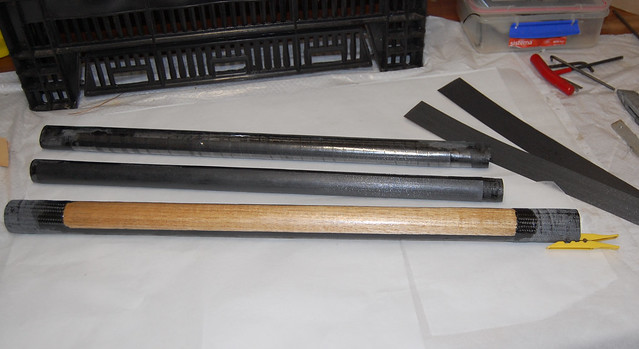

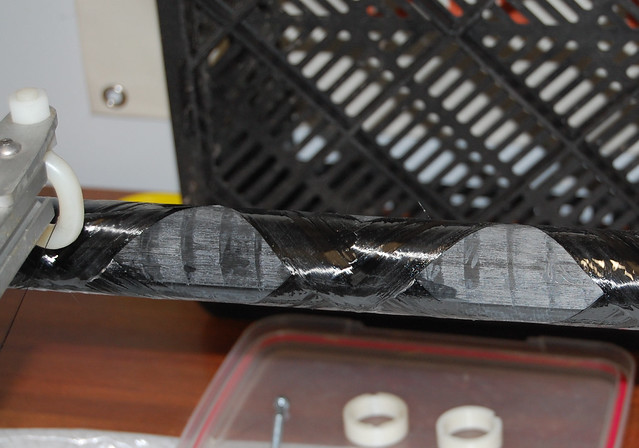
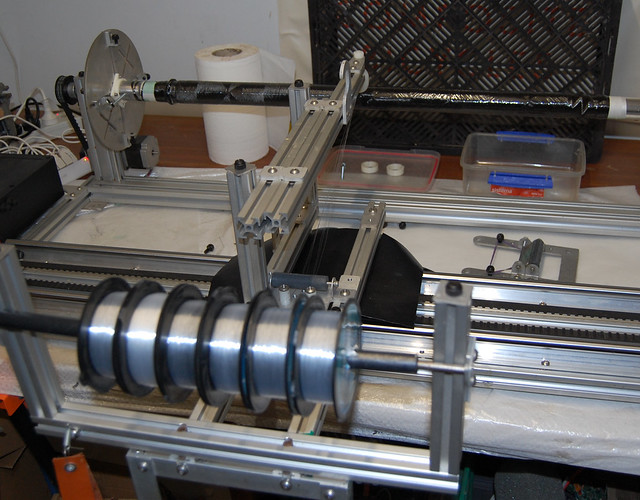
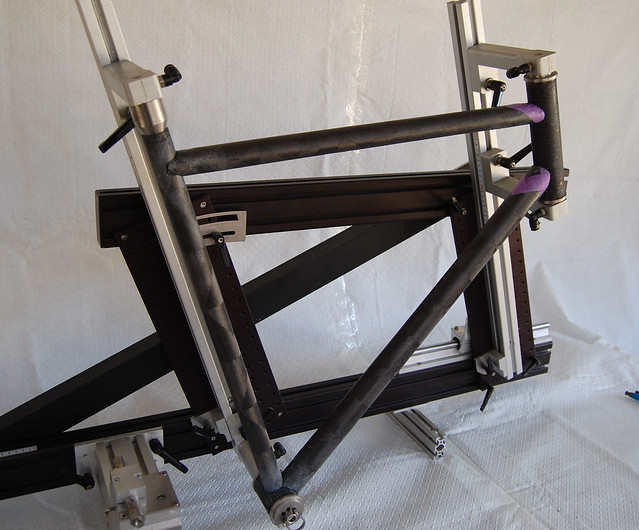
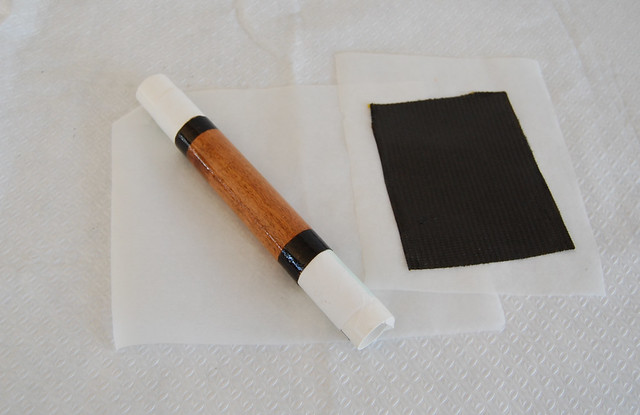
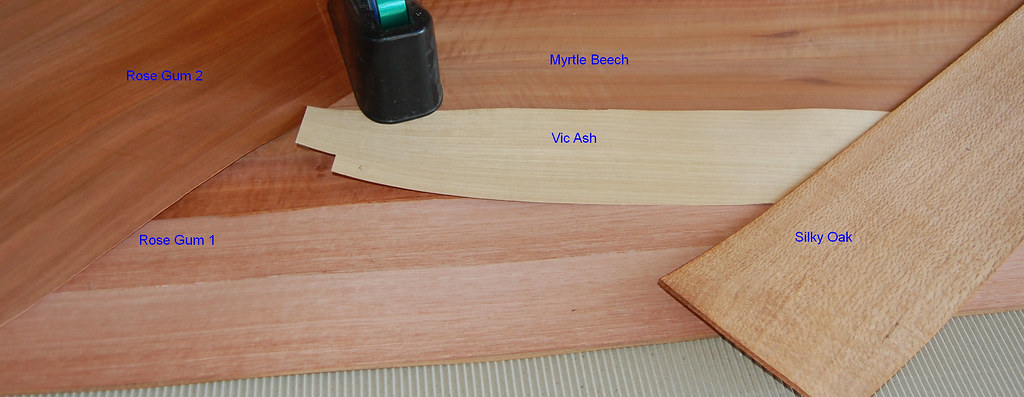

Bookmarks